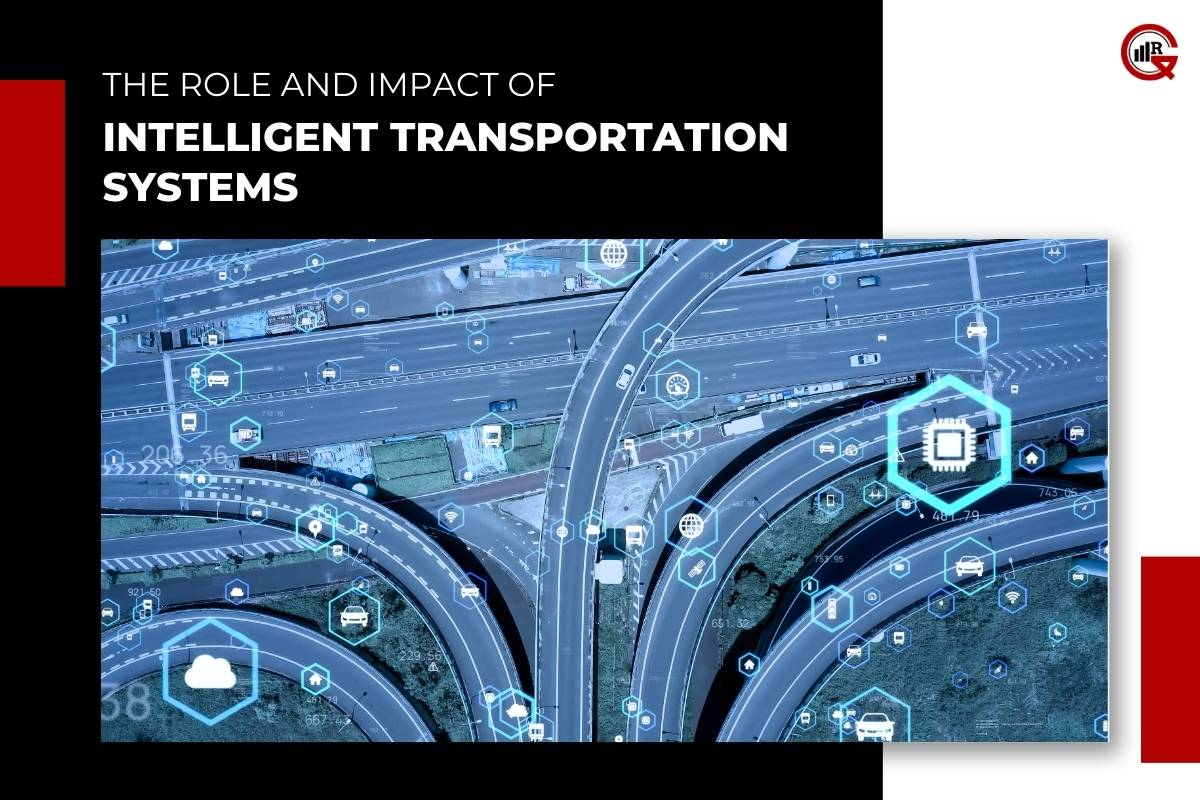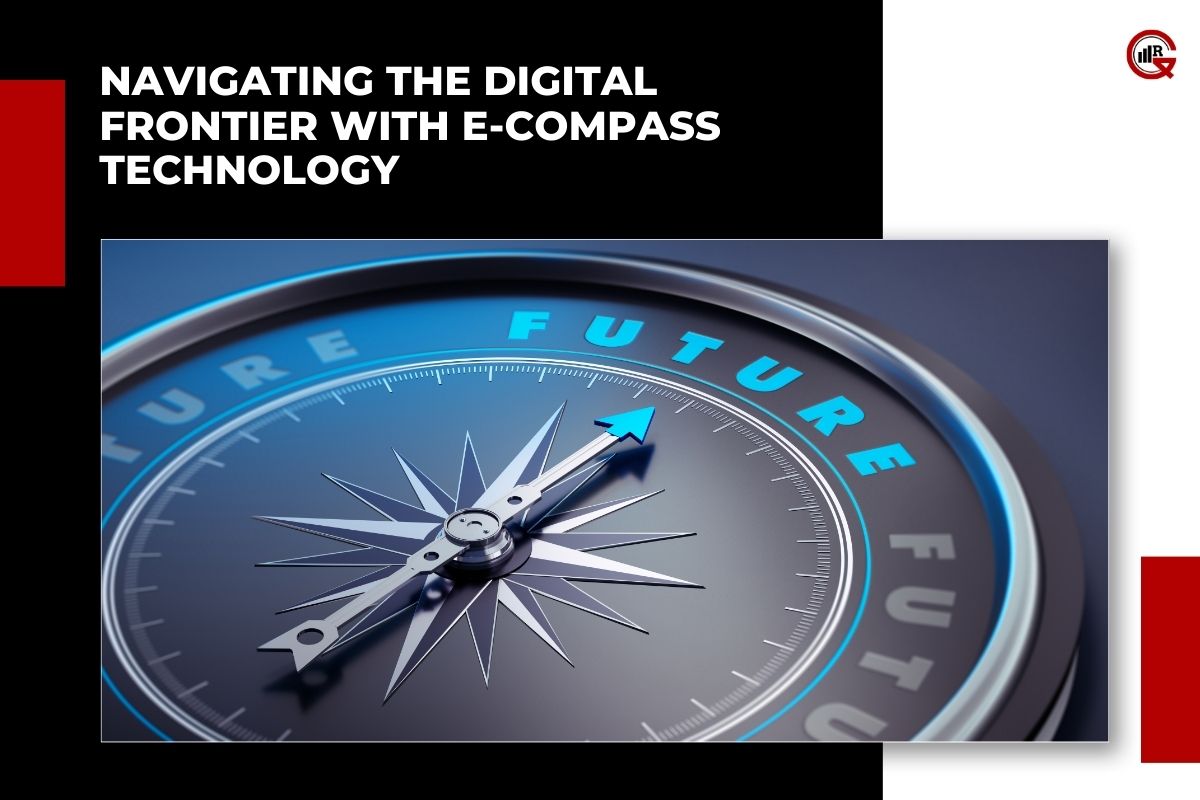In today’s fast-paced world, transportation systems are evolving at a rapid pace, driven by technological advancements and the growing need for efficient, sustainable, and safe mobility solutions. Among the key innovations shaping the future of transportation is the development and implementation of Intelligent Transportation Systems (ITS). These sophisticated systems harness cutting-edge technologies to optimize traffic flow, enhance safety, reduce congestion, and improve overall transportation efficiency. In this article, we explore the concept, components, benefits, challenges, and prospects of Intelligent Transportation Systems.
Understanding Intelligent Transportation Systems
ITS encompasses a wide range of technologies, applications, and services designed to improve the efficiency, safety, and sustainability of transportation networks. ITS integrates advanced information and communication technologies with transportation infrastructure, vehicles, and travelers to enable smarter, more connected, and data-driven transportation solutions.
Components of Intelligent Transportation Systems
Traffic Management Systems: Traffic management systems use real-time data collection, analysis, and control strategies to monitor and manage traffic flow on roadways, highways, and urban streets. These systems may include traffic surveillance cameras, traffic signal control systems, dynamic message signs, and adaptive traffic signal control algorithms to optimize traffic flow and reduce congestion.
Vehicle-to-Infrastructure (V2I) Communication: Vehicle-to-Infrastructure communication enables vehicles to exchange data with roadside infrastructure, such as traffic signals, road signs, and toll booths, to receive real-time traffic information, navigation assistance, and safety warnings. V2I communication facilitates intelligent routing, collision avoidance, and emergency response coordination to enhance driver safety and efficiency.
Vehicle-to-Vehicle (V2V) Communication: Vehicle-to-Vehicle communication allows vehicles to communicate with each other to share information about their speed, position, and trajectory, enabling cooperative driving and collision avoidance maneuvers. V2V communication systems use wireless communication technologies, such as Dedicated Short-Range Communication (DSRC) or Cellular Vehicle-to-Everything (C-V2X), to enable real-time data exchange between vehicles.
Advanced Driver Assistance Systems (ADAS): Advanced Driver Assistance Systems provide drivers with real-time feedback, warnings, and assistance to enhance vehicle safety and performance. ADAS features may include lane departure warning, adaptive cruise control, automatic emergency braking, and blind-spot detection systems to help drivers avoid accidents and navigate traffic more safely.
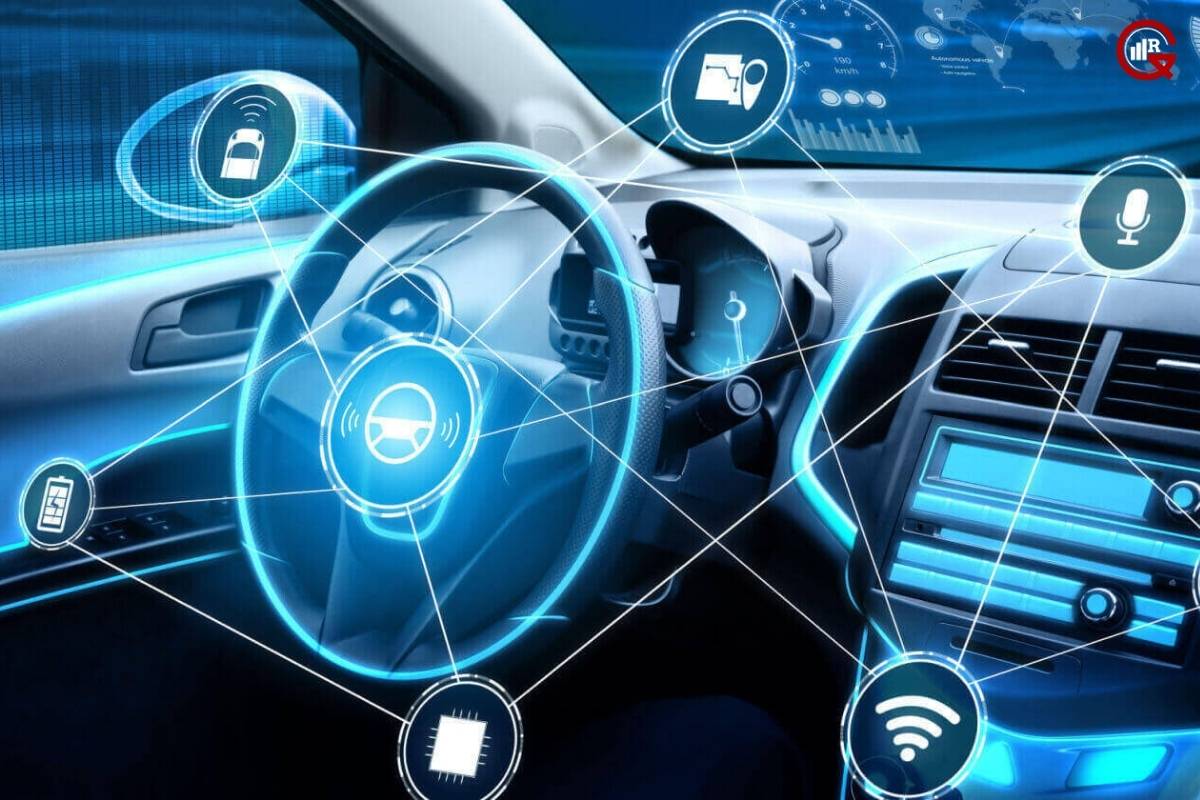
Traveler Information Systems: Traveler information systems deliver real-time traffic updates, road conditions, and travel advisories to travelers through various channels, such as mobile apps, websites, variable message signs, and roadside information displays. These systems help travelers make informed decisions about their routes, modes of transportation, and travel schedules to avoid congestion and delays.
Benefits of Intelligent Transportation Systems
Improved Traffic Flow: Intelligent Transportation Systems help optimize traffic flow, reduce congestion, and minimize travel times by providing real-time traffic information, dynamic routing recommendations, and adaptive traffic signal control strategies.
Enhanced Safety: By facilitating vehicle-to-vehicle and vehicle-to-infrastructure communication, ITS systems enable proactive safety measures, collision avoidance maneuvers, and emergency response coordination to reduce the risk of accidents and improve overall road safety.
Environmental Sustainability: ITS contributes to environmental sustainability by reducing fuel consumption, vehicle emissions, and environmental pollution through more efficient traffic management, optimized vehicle routing, and reduced congestion.
Enhanced Mobility and Accessibility: ITS improves mobility and accessibility for all travelers, including motorists, cyclists, pedestrians, and public transportation users, by providing real-time travel information, accessible transportation options, and inclusive design features.
Cost Savings and Economic Benefits: By reducing travel times, fuel consumption, and vehicle operating costs, ITS systems generate cost savings for businesses, individuals, and governments while stimulating economic growth, productivity, and competitiveness in urban and regional economies.
Challenges and Considerations
Technological Complexity: The implementation and operation of Intelligent Transportation Systems require sophisticated technologies, infrastructure investments, and interoperability standards, which can pose challenges for deployment, integration, and maintenance.
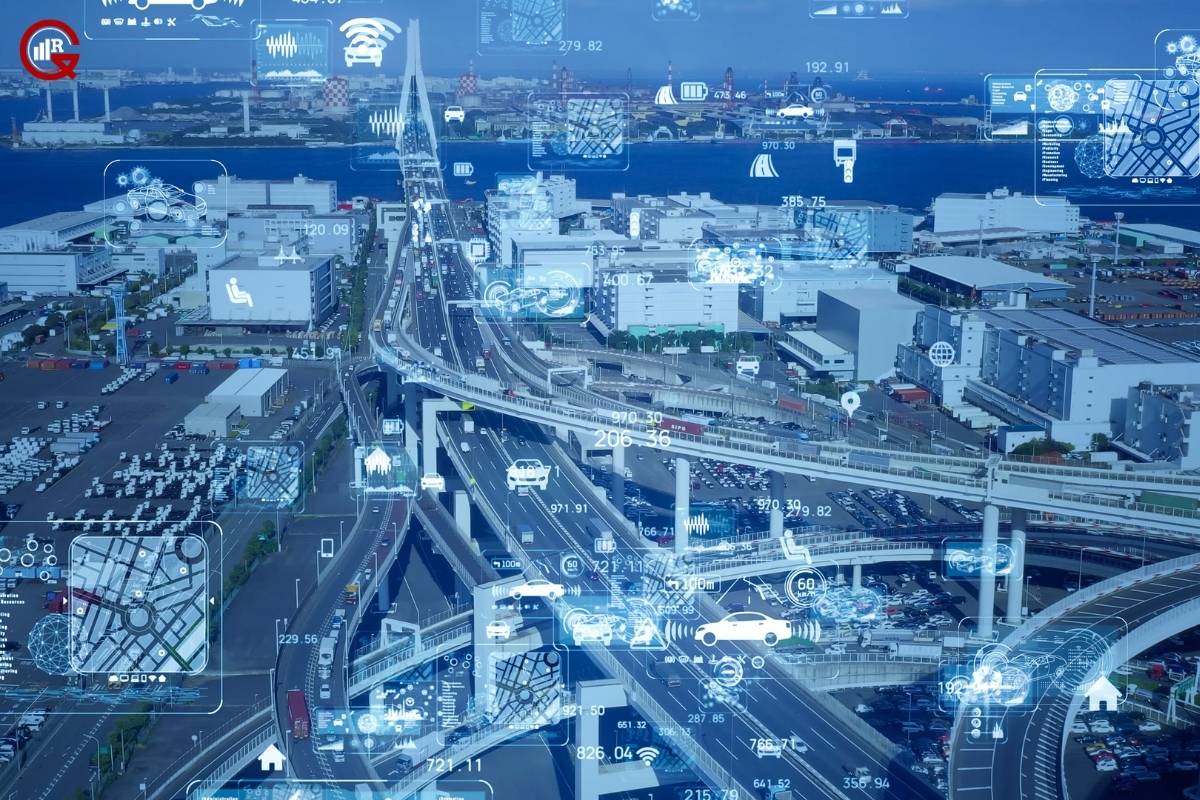
Privacy and Security Concerns: ITS involves the collection, processing, and transmission of large volumes of data, raising concerns about privacy, cybersecurity, and data protection. Safeguarding sensitive information and ensuring secure communication networks are essential to maintain public trust and confidence in ITS systems.
Equity and Accessibility: Ensuring equitable access to Intelligent Transportation Systems for all travelers, including underserved communities, low-income individuals, and persons with disabilities, requires addressing barriers to adoption, affordability, and digital literacy while promoting inclusive design and user-friendly interfaces.
Regulatory and Legal Frameworks: The development and deployment of ITS require clear regulatory frameworks, standards, and guidelines to address legal and liability issues, data ownership rights, and compliance with privacy regulations and transportation laws.
Interagency Collaboration: Successful implementation of Intelligent Transportation Systems relies on collaboration and coordination among multiple stakeholders, including government agencies, transportation authorities, private sector partners, and technology providers, to align goals, share resources, and address interoperability challenges.
Future Trends and Innovations
Autonomous Vehicles: The advent of autonomous vehicles (AVs) promises to revolutionize transportation systems by integrating self-driving technologies with Intelligent Transportation Systems to enable safer, more efficient, and sustainable mobility solutions.
Connected Infrastructure: The deployment of connected infrastructure, such as smart intersections, sensor-equipped roadways, and dynamic lane markings, enhances the capabilities of ITS by providing real-time data insights, predictive analytics, and proactive traffic management strategies.
Mobility-as-a-Service (MaaS): Mobility-as-a-Service platforms integrate various transportation modes, including public transit, ridesharing, bike sharing, and micro-mobility services, into seamless, on-demand mobility solutions, facilitated ITS.
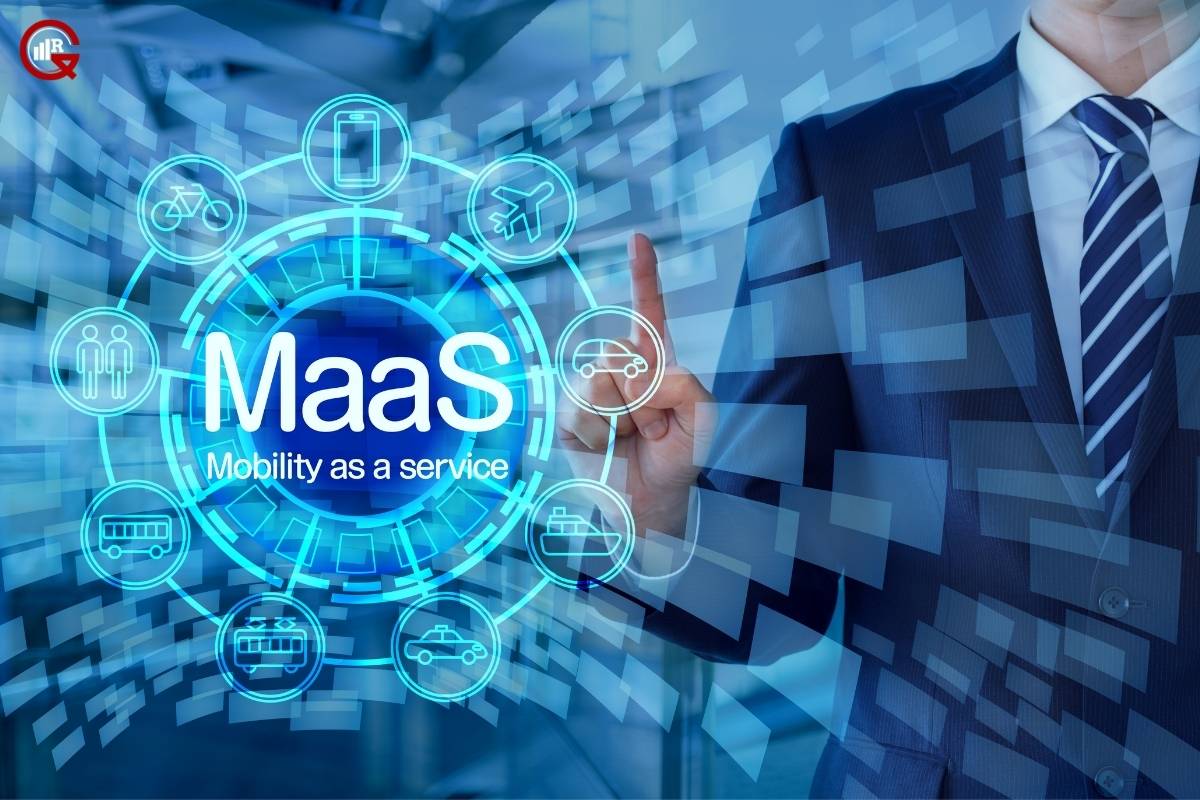
Big Data Analytics: The use of big data analytics, artificial intelligence, and machine learning techniques enables ITS to analyze vast amounts of transportation data, identify patterns, and generate actionable insights to optimize traffic flow, predict demand, and improve decision-making.
Smart Cities Integration: ITS is increasingly integrated with broader smart city initiatives, such as smart energy grids, environmental monitoring systems, and digital infrastructure, to create holistic, interconnected urban ecosystems that enhance livability, sustainability, and resilience.
Conclusion: Shaping the Future of Transportation
In conclusion, Intelligent Transportation Systems represent a transformative approach to addressing the complex challenges facing modern transportation systems. By harnessing advanced technologies, data-driven strategies, and collaborative partnerships, ITS enables smarter, safer, and more efficient mobility solutions that enhance quality of life, promote economic prosperity, and protect the environment for current and future generations. As we continue to navigate the complexities of urbanization, population growth, and technological innovation, Intelligent Transportation Systems will play an increasingly critical role in shaping the future of transportation and shaping the way we move, connect, and thrive in an ever-changing world.

